Australia First Party has been warning Australians about the harm of mass immigration since we were founded in June 1996 by the father of modern Australian nationalism, Mr Graeme Campbell. Mr Campbell was expelled from the globalist Labor Party on 30 November 1995 after addressing a meeting of Australians Against Further Immigration in which he criticised Labor’s blind mass immigration policies.
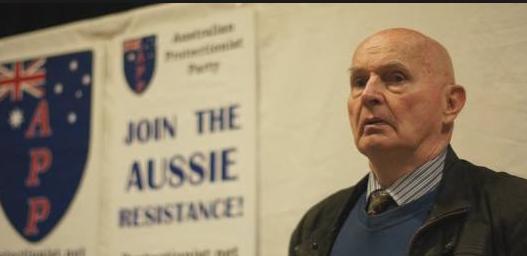
A generation later in 2016, Mr Campbell continues to express his concerns for our nation’s destiny
Our Policy #4: Reduce and Limit Immigration
Immigration mistakes can be big long term mistakes. Immigration policy must take into account social cohesion, employment opportunities, urbanisation and environmental issues.
A generation hence, and the only candidates in the Victorian poll who will oppose the ‘population and bust’ policy of the system – will be Australia First.
Premier Andrews has been pushing the Very Fast Train projects to link various regional cities with Melbourne. Of course, ultimately, a similar project with eight new cities along the way would link Melbourne and Sydney.
It is expected that by mid century Geelong to Packenham will be a single city with up to nine million inhabitants. The great mass of these new people will be drawn from Asia.
Is this not recolonisation?
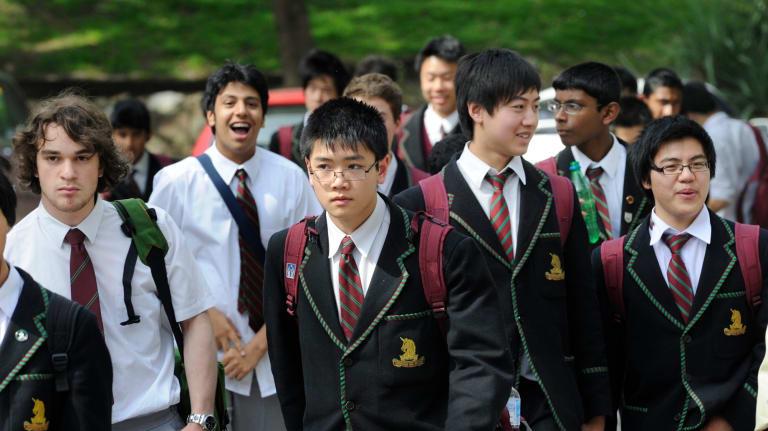
Aussie Student: “Now I know how Aborigines have felt.”
Journalist Gay Alcorn, writing in The Guardian online October 19 in 2018, highlights in her article that Australians are finally waking up to the collective harm of mass immigration – “population growth was barely an issue at the 2014 election. Now, it permeates almost every policy challenge”.
Alcorn’s politically-correct term is ‘population‘, but we all know it means ‘mass immigration‘. Ordinary Australians can’t afford to have children because of migrant demand driven unaffordable cost of living.
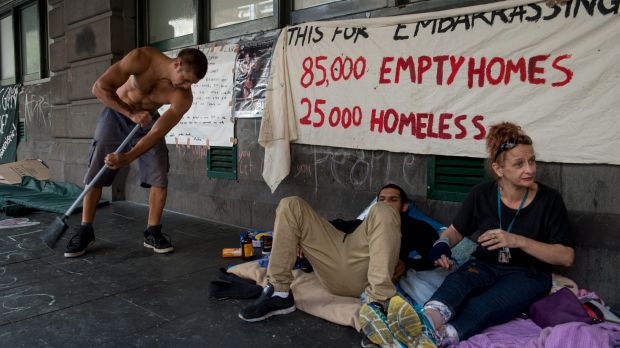
Not White Flight, they can’t afford it. Thousands of White Australians are condemned to poverty to watch the migrants muscle in and employ their own. It’s the Silent Invasion fueled by treacherous Canberra
‘Melbourne’s bursting’: why the population boom is dictating Victoria’s election
“For Labor and the Coalition, the conversation is not about reducing population growth but managing it better than they have in the past.
It is intriguing that the biggest issue at next month’s Victorian election is one that the state can do little about.

The High-Rise Tsumani on Melbourne’s horizon
Melbourne is staggering under unprecedented population growth, a boom rivalling the gold rush of the 1850s and the “populate or perish” era after the second world war.
Spring Street has scant influence on the net 2,400 people a week arriving in Melbourne or being born here. That’s 125,000 newcomers last year alone.
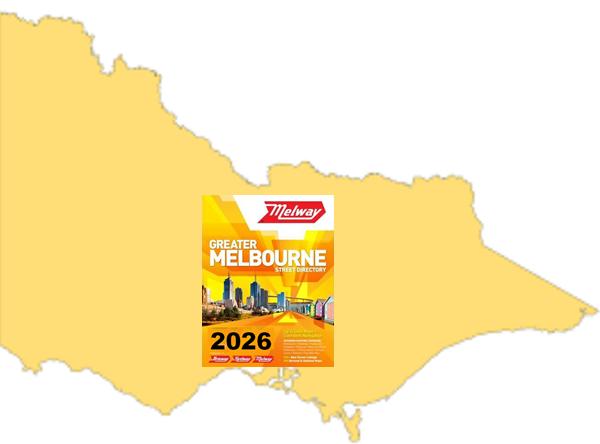
Most of these people come from overseas as students or skilled migrants, and the state government has no control over those numbers.
It can’t stop the more than 15,000 people who moved to Victoria from other states last year and it has limited say on how many babies we have.
New South Wales premier Gladys Berejiklian and Labor leader Luke Foley have called for fewer migrants to their state, but in Victoria, neither the Labor premier, Daniel Andrews, nor opposition leader, Matthew Guy, are lobbying Canberra to slash numbers, even temporarily.
Soaring population is one reason why the state is an economic powerhouse, with giant construction projects creating jobs, and stamp duty on the sale of houses alone boosting government revenue to an extent that both parties can afford billion-dollar promises.

High-Rise Tsumani displacing millions of Melburnian families – going unreported
There are mixed feelings about all this. In one sense, there’s a giddiness about Melbourne in 2018, a satisfaction that the city is projected to overtake Sydney as the country’s biggest in a few years, retaking its place as the dominant city as well as Australia’s cultural capital.
But there’s unease about the price being paid. Population growth was barely an issue at the 2014 election. Now, it permeates almost every policy challenge, from the desperate need for new schools and hospitals, and the rush to improve infrastructure, especially public transport, after decades of neglect. The city’s transport system was fine for a city of 3 million people but not for the 5 million it is now, and certainly not for the 8 million or 9 million expected to live in Melbourne by mid-century.
The frustration at traffic congestion and long commute times, the crush of train and tram travel at peak hour, the high cost of housing, the divide between well-serviced inner-city suburbs and burgeoning outer suburbs crying out for transport and every kind of facility form the threads of this election, at least in the capital city.
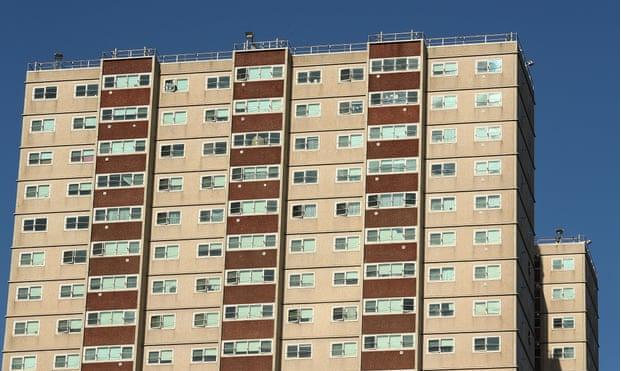
No lessons learned from the suicide 1960s Housing Commission impost on South Melbourne and Richmond
For the political parties, the conversation is not about reducing population growth but managing it better than they have in the past. You can’t fault them for small thinking, with both major parties pledging eye-watering infrastructure projects.
Guy has promised $19bn to rebuild the entire regional rail network in a decade, including introducing fast trains with speeds of up to 200km/h to all large regional cities. An express train from Melbourne to Geelong would take 32 minutes.
Guy, a 44-year-old former adviser to the former Liberal premier Jeff Kennett, articulates the bigger picture. “It’s a necessity,” he told ABC radio of his centrepiece promise. “We have to decentralise the state. Melbourne’s bursting. It is out of control at the moment – the roads, traffic, schools, hospitals, population growth is out of control and we need to get it under control by decentralising our population.”
Guy would appoint himself minister for population, establish a population commission to manage growth, a cap on new housing in booming suburbs that don’t have the infrastructure to cope and to work with the federal government to encourage migrants to rural and regional areas.
He’s been helped along by the federal government’s announcement that it plans to steer more migrants away from Sydney and Melbourne and force them to settle in regional towns, using incentives and visa conditions to do it.
“It is out of control at the moment – the roads, traffic, schools, hospitals.”
– Matthew Guy
Plans to encourage decentralisation have been discussed for decades, and whether these latest ideas work when job opportunities are so concentrated in major cities is debatable. The details of Guy’s regional rail network remain scant, the practical difficulties as yet unanswered.
But it’s a big idea. Andrews has his own regional rail plan that would bring faster trains to Geelong and Ballarat, but his transport centrepiece is a $50b underground rail network to revolutionise the way Melburnians travel. This would be the “biggest public transport project in history”, include 90km of new tracks, 12 new stations and an airport link, and take 200,000 vehicles off congested roads.
So far, the government is committing $300m for engineering and planning work next year. There’s one hitch: it will be 2050 before it will be ready for its first passenger, providing funding can be secured. “2050 is not that far off,” said the transport minister, Jacinta Allan, with a straight face.
Some experts are sceptical that mega infrastructure projects are needed, with Marion Terrill, transport program director at the Grattan Institute, calling the Labor and Liberal proposals the “siren song of the desperate”, announced before any rigorous assessment of their net benefits were established…”
 A mental health epidemic is destroying Australian culture – wonder why?
A mental health epidemic is destroying Australian culture – wonder why?
Compare to White Australia c1900.

Circa 1900 desperately poor but free and happy enough
Carahers Lane, The Rocks in inner Sydney – a happier ‘slum‘